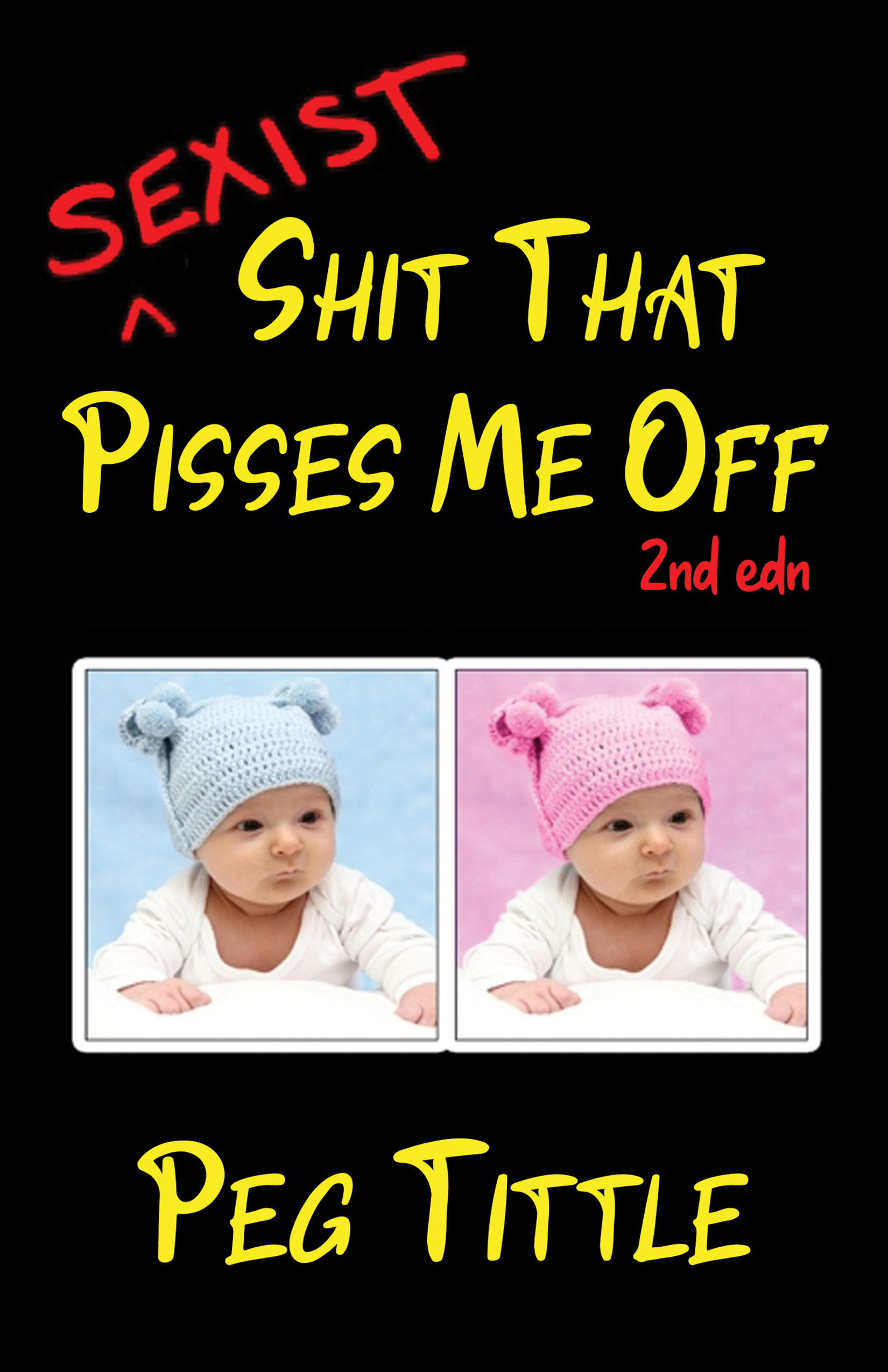Remember grade ten history? Okay, quick question: history of what? Of ideas? Of art? Of really stupid jokes? No! Of conflict! And mostly interpersonal conflict charading as intergroup conflict. That’s what grade ten history was all about.
And grade eleven history and grade twelve history too.
First, let’s call it what it is. And this is not a minor point. It’s like teaching nothing but limericks in a course called “Poetry”. Now it would be bad enough for kids to grow up thinking that’s all the poetry there is, but if they grow up thinking that’s all there is to history, well, Houston, we have a problem. No history of ideas, or art, no history of discovery, no history of cultural development–what an incredible disservice not only to those who made such history, but of course to those denied that knowledge.
But that’s minor damage compared to this: by focussing solely,relentless, on–that history–on conflict, on fighting, and winning or losing, and more fighting, competing for this and that, again and again, fighting–we grow up thinking it’s central to life. Fighting, and winning or losing.
And we grow up thinking it’s inevitable.
So one, let’s call it what it is: “History of Conflict”.
And two, let’s make it an elective, not a compulsory, course.
Unless, three, we teach it like this. Every student starts with 50 marks. So if they do nothing, if they remain neutral, they pass–barely, but they do pass. Now for every act of violence, direct or indirect, covert or overt, implicit or explicit, physical or psychological, they lose marks. A week can be spent just coming to a consensus about how many marks for which acts. (Good luck.) And for every act of peace, mediation, or compromise, students gain marks. Again, a week to come up with a fair, and comprehensive, marking scheme.
Then spend two weeks per conflict: two weeks on World War I, two weeks on World War II, on Korea, Vietnam, South Africa, the Gulf War, Yugoslavia, etc. One week to cover the background, the context, the events giving rise to the conflict. And one week, here’s the crucial part, for the students to role play, each student assigned-out-of-a-hat to be one of the key figures, or backroom powers, or soldiers, or civilians. The assignment for the second week is resolve the conflict–avoid the war, avoid the pain, the suffering, the killing.
Mind you, this will only work in a school with metal detectors.



















